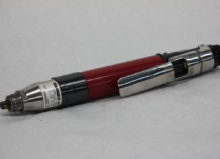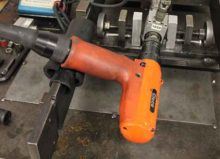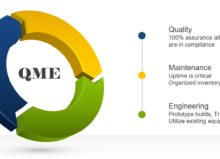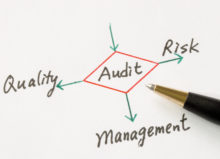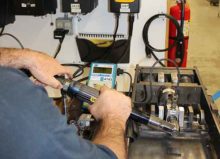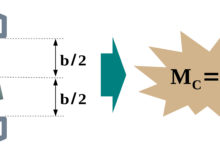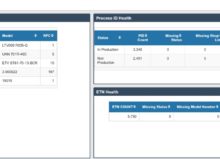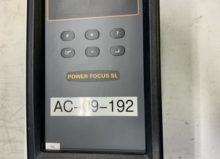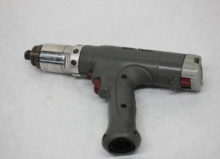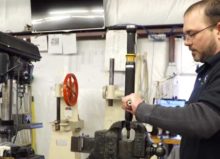How a Tool Management System Increases Efficiency & Productivity

For plant operators, managing tools and equipment effectively is essential for smooth operations. A tool management system is a software-based resource that helps plant managers keep track of tools, ensuring they are properly maintained and readily available when needed.
Plants may face challenges without a tool management system, such as tool misplacement, damage, or loss. These issues can disrupt the work process, leading to inefficiencies and decreased productivity.
In this blog post, we’ll further explain the value of a tool management system and why you should consider investing in one.
Inefficiencies of Operating Without a Tool Management System
Operating without a tool management system can lead to multiple inefficiencies that reduce the productivity and effectiveness of a plant. Without a systematic approach to managing tools, essential items can easily be misplaced, lost, or left unmaintained. This lack of organization often results in unnecessary downtime as technicians scramble to find the tools they need or wait for replacements or repairs.
Additionally, the absence of a tool management system makes tracking tool usage and performance difficult, hindering strategic decision-making and planning.
Lastly, not having a system increases the likelihood of repetitive purchases or tool hoarding due to a lack of visibility, leading to inflated operational costs.
Streamlining Processes With a Tool Management System
A tool management system is a centralized source of information anyone can access from virtually any device with an Internet connection. This impressive connectivity and data transparency means that all employees and organizational leaders are never more than a few moments away from knowing where tools are, who has them, and what they’re being used for.
In addition to being easily accessible, certain tool management solutions can be automated to send alerts when specific tools need to be calibrated and maintained or are nearing the end of their service life. This level of automation makes routine maintenance easier than ever and ensures proactivity rather than reactivity.
In other words, you no longer have to wait for something to break—you can identify and resolve a problem before it escalates.
Finding & Implementing the Right Solution
When selecting a system, you must clearly define your specific challenges and inefficiencies. Don’t start with a solution and hope it helps you accomplish your goals. Start with your goals and work your way backwards to the solution that checks as many of your boxes as possible.
For example, if you need help establishing regular maintenance procedures, you’ll want to ensure the system you choose allows you to schedule and send alerts for specific tools and provides maintenance documentation options. Or, if you want something scalable, you’ll want to ensure the system is easy to integrate into your existing plant.
Before implementing any system, you’ll need to perform a thorough application review to ensure the implementation is possible.
Once you find the right system and have verified that it can be implemented, you’ll want to ensure everyone in your plant is aware of the implementation and how long it will take. You’ll also want to train all employees on the new tool management system and create rules to help them follow proper documentation.
Lastly, encourage open and honest communication about the system and the new procedures you’re putting in place. There are always some challenges to overcome during an implementation, so being flexible and adaptable is critical.
Learn More About Encore Systems’ QME Software
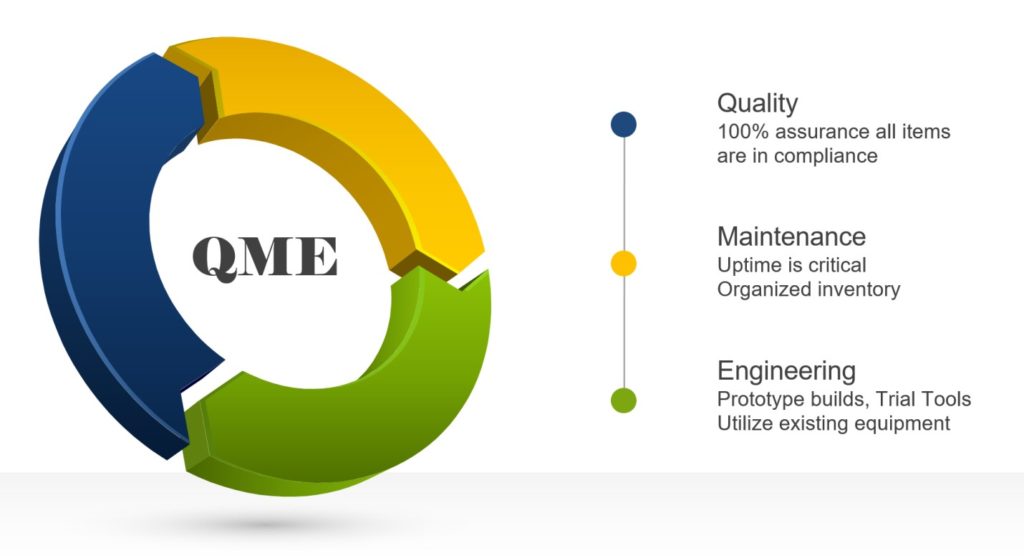
Encore Systems offers an easy-to-use tool management system called QME. By using our system, you can easily track which tools are online and offline, document recent repairs, store calibration data, and schedule preventative maintenance alerts. Plus, we can customize QME to meet your unique needs.
Contact us today to learn more about our system’s capabilities or to request a quote.

